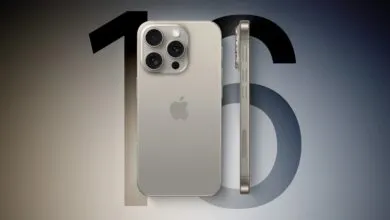Lo que debió suceder en todas partes!
Apple trató de defenderse ante la ASA con argumentos tan absurdos como decir que ellos se referían con la frase "the real internet" a que el iPhone a diferencia de muchos otros dispositivos te brinda la oportunidad de visitar sitios web reales, no WAP.
"Apple said the aim of the ad was to highlight the benefit of the iPhone in being able to offer availability to all internet websites, in contrast to other handsets which offered access to WAP versions or sites selected by service providers. They believed that surfing the internet with an iPhone was similar to surfing from a home or office computer and the appearance and the websites that could be visited were the same. They said this was different from accessing the internet using an ordinary mobile phone handset, which often only allowed the user to visit WAP-enabled sites that were simplified versions of the websites. They said they understood that some mobile service providers limited the range of sites available to subscribers or only allowed them to visit the WAP versions; they said the iPhone, which was only available through one service provider, had ‘full’ internet access."
Este argumento presentado por Apple a mi parecer no tiene sentido, ya que los dispositivos actuales a diferencia del iPhone si pueden accesar sitios WAP [u]además de sitios reales[/u] si así lo desea el usuario), entonces cual es el punto?
La ASA por su parte concluyo con lo siguiente:
"The ASA noted that Java and Flash proprietary software was not enabled on the iPhone and understood that users would therefore be unable to access certain features on some websites or websites that relied solely on Flash or Java. We noted Apples argument that the ad was about site availability rather than technical detail, but considered that the claims "You’ll never know which part of the internet you’ll need" and "all parts of the internet are on the iPhone" implied users would be able to access all websites and see them in their entirety. We considered that, because the ad had not explained the limitations, viewers were likely to expect to be able to see all the content on a website normally accessible through a PC rather than just having the ability to reach the website. We concluded that the ad gave a misleading impression of the internet capabilities of the iPhone."
La ASA notó que el software propietario Java y Flash no están habilitados en el iPhone y entienden que los usuarios estarán inposibilitados a accesar ciertas funciones en algunos sitios o sitios que dependen completamente en Flash o Java. Notamos que el argumento de Apple que el anuncio se refería a la disponibilidad y no a los detalles técnicos, pero consideramos que los argumentos tales como "nunca sabes cual parte del internet necesitarás" y "todas las partes del Internet están en el iPhone" implicitamente dicen a los usuarios que podrán accesar todos los sitios y verlos en su totalidad. Consideramos que porque los anuncios no explican las limitaciones, los usuarios podrán esperar poder ver todo el contenido de un sitio normalmente accesible usando una PC, en lugar de solo poder acceder el sitio. Hemos concluido que el anuncio da una impresión engañosa de las capacidades de Internet en el iPhone."
Yo pienso exactamente lo mismo sin embargo quiero reiterar que no se trata de criticar la plataforma del iPhone 3G ya que otros dispositivos como Windows Mobile tampoco pueden desplegar dicho contenido de forma nativa (sin embargo hay formas de lograrlo a diferencia del iPhone), sino que es más bién una crítica a la costumbre de muchas empresas que como Apple, hacen uso de mañas publicitaras sin importar caer en el engaño.
Que opinan Ustedes?
Saludos,
Rayan




